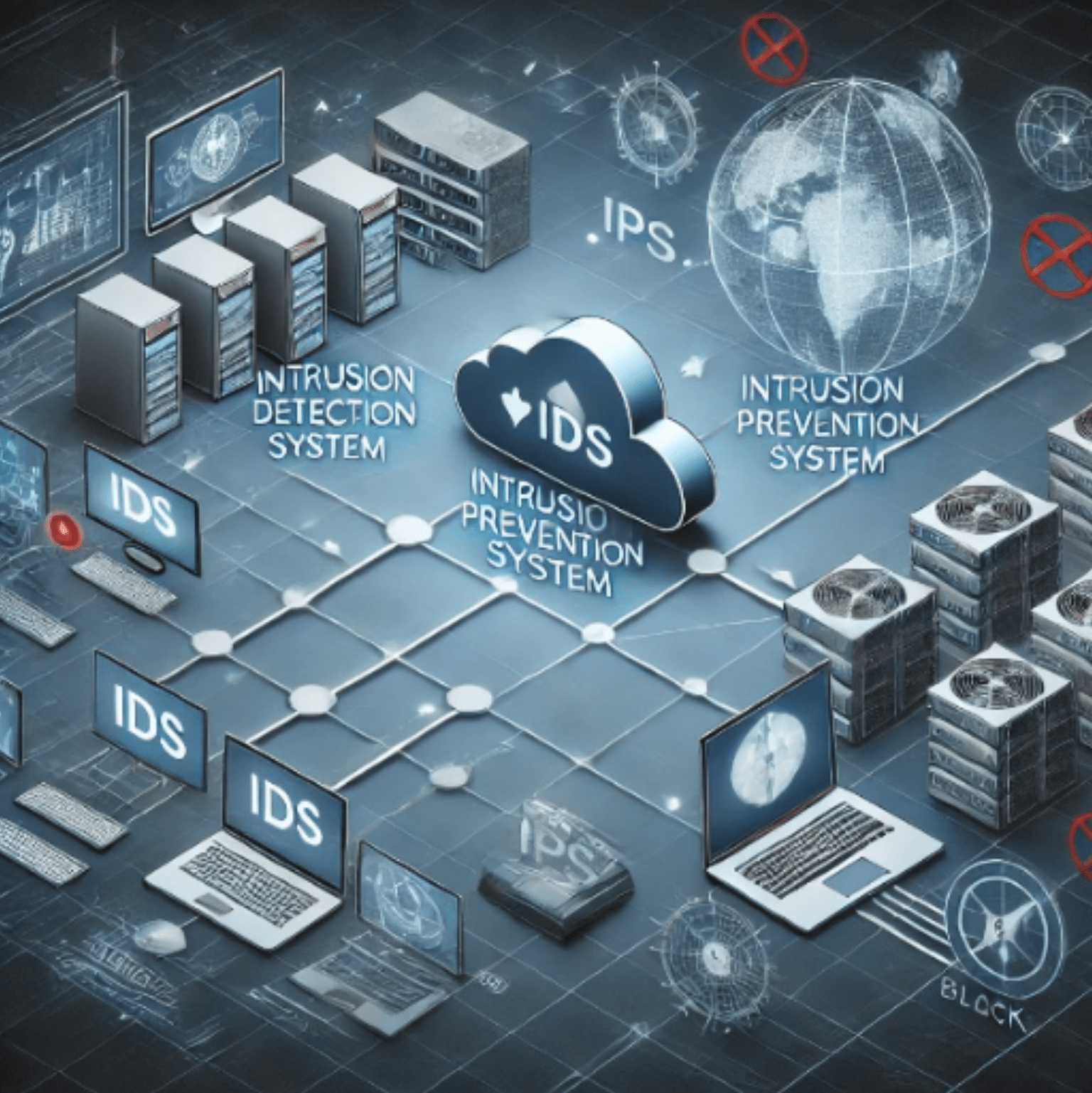20 Essential Network Security Concepts for Today’s Digital Landscape
Network security is critical to preventing attacks, isolating them when organizations have a breach, and eliminating the threat if it infects the network. With constant technological advances and the increasing sophistication of cyberattacks, organizations must stay vigilant in protecting their networks. This blog outlines 20 fundamental network security concepts that every IT professional and organization should understand.
The Expanding Role of Artificial Intelligence in Cybersecurity
Before we start with the network concepts, there is almost no way we can write a blog post like this without discussing how artificial intelligence (AI) has become a transformative force in cybersecurity, offering significant advantages for defenders and attackers. As cyber threats grow exponentially, AI enables organizations to enhance their security posture by automating detection, prediction, and response. However, it also provides cybercriminals with new tools to craft more sophisticated attacks.
AI Enhancing Cyber Defense
- Automated Threat Detection and Response: AI-powered systems can process massive volumes of network traffic and detect anomalies in real-time. For example, machine learning algorithms can learn from historical attack patterns to detect even subtle deviations in network behavior, allowing AI to identify new threats that might go unnoticed by traditional security systems.
In this context, AI can automatically trigger a response to isolate infected systems or block malicious traffic. An example would be using AI to identify a zero-day attack, where the system detects unusual patterns not previously associated with known malware.
- Proactive Vulnerability Management: AI tools can scan entire IT ecosystems, from software applications to network devices, searching for vulnerabilities that attackers may exploit. For instance, AI-powered systems can prioritize vulnerabilities based on risk and recommend patches or configurations before the vulnerabilities are exploited.
Additionally, AI can predict which new threats are likely to emerge by analyzing data from sources such as the dark web, hacker forums, and historical attack data, enabling organizations to defend against threats that have yet to materialize.

AI in Cybercriminal Activity
-
- AI-Driven Phishing Campaigns: Cybercriminals increasingly use AI to craft more convincing and targeted phishing attacks. AI algorithms can sift through massive amounts of personal data from social media and other online platforms to generate highly personalized phishing emails, making it more likely that victims will fall for these scams. AI can even modify phishing strategies in real time by analyzing responses, allowing criminals to refine their techniques to increase success rates.
- AI-Powered Malware and Evasion Techniques: Attackers are using AI to create more adaptive malware that can change its behavior depending on the environment it encounters. For example, AI-driven malware can analyze the security systems of its target in real time and alter its attack method to avoid detection. Additionally, AI can be used to create “polymorphic” malware, which continuously changes its code to evade signature-based detection systems, making it much harder for traditional antivirus software to identify and eliminate.
Key Network Security Concepts and Terms
-
-
-
- Firewall: A firewall is a device or software that manages and monitors network traffic, enforcing security rules. It serves as the first line of defense against unauthorized access.
- Intrusion Detection System (IDS): An IDS monitors network traffic for suspicious activity, alerting administrators when potential threats are detected.
- Intrusion Prevention System (IPS):Similar to an IDS, an IPS actively blocks detected threats rather than just identifying them.
- Access Control List (ACL): ACLs regulate access to network resources by defining who can access what, including restrictions based on IP addresses or user groups.
- Network Access Control (NAC):NAC solutions enforce security policies by controlling access to the network, ensuring that only authenticated and compliant devices connect.
- Virtual Private Networks (VPN): VPNs secure connections over the internet by encrypting data, often used to protect remote access to corporate networks.
- Cryptography: Cryptography ensures the confidentiality and integrity of data through encryption, safeguarding sensitive information during transmission.
- SSL/TLS: Secure Sockets Layer (SSL) and Transport Layer Security (TLS) are protocols that encrypt network traffic, ensuring data security between clients and servers.
- Public Key Infrastructure (PKI) PKI is a system that uses cryptography to
authenticate users and devices on a network. - Network Address Translation (NAT): NAT allows multiple devices on a private
network to share a single public IP address when accessing external resources. - Distributed Denial of Service (DDoS): A DDoS attack overwhelms a network by flooding it with traffic from multiple sources, rendering it unusable.
- IPsec: Internet Protocol Security (IPsec) ensures secure communication between devices by encrypting and authenticating IP packets.
- TACACS+: Terminal Access Controller Access-Control System Plus (TACACS+) authenticates and authorizes users trying to access network services.
- RADIUS: Remote Authentication Dial-In User Service (RADIUS) provides centralized authentication and authorization for users accessing network resources.
- WPA/WPA2: Wi-Fi Protected Access (WPA/WPA2) secures wireless network by encrypting data exchanged between devices and routers.
- SASL: Simple Authentication and Security Layer (SASL) provides a secure framework for adding authentication mechanisms to network protocols.
- SIEM: Security Information and Event Management (SIEM) consolidates security alerts and logs across the network for real-time monitoring and analysis.
- Endpoint Security: Endpoint security protects individual devices connected to the network, such as laptops and smartphones, from malicious activity.
- UTM (Unified Threat Management): UTM platforms integrate multiple security functions, including firewalls, intrusion detection, and antivirus, into a single solution.
- Patch Management: Keeping software updated with the latest patches is critical to quickly fixing vulnerabilities before they are exploited.

-
Conclusion
Understanding these 20 network security concepts is crucial for maintaining a secure environment in today’s interconnected world. Organizations must stay informed about the latest security techniques as cyber threats evolve—especially with the rise of AI- powered attacks like Phantom Hydra. AI can serve both as a powerful tool for defense and a dangerous weapon for attackers, making it vital for businesses to ensure their infrastructure and teams are prepared to combat these advanced threats.
Regularly updating security policies, reviewing access controls, and applying timely software patches remain essential. With a comprehensive, AI-integrated network security strategy in place, businesses can better safeguard their data and network resources against the growing threats in cyberspace.
-

